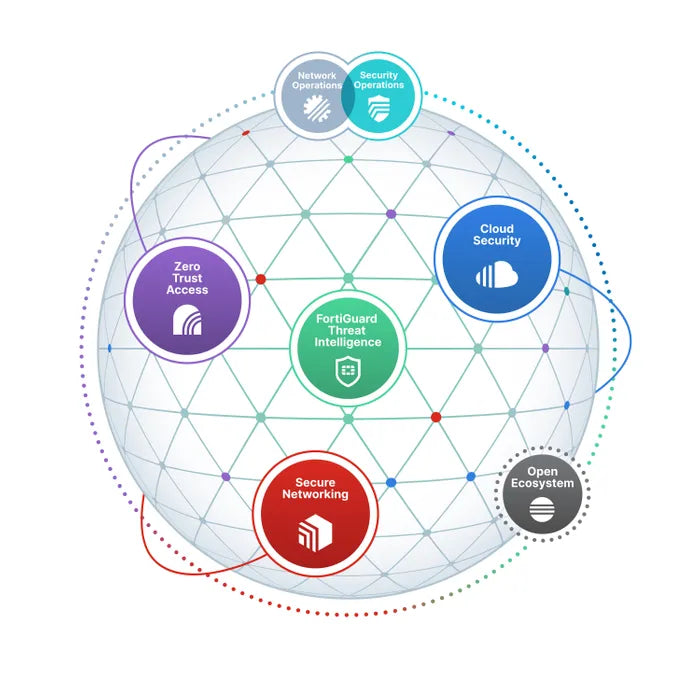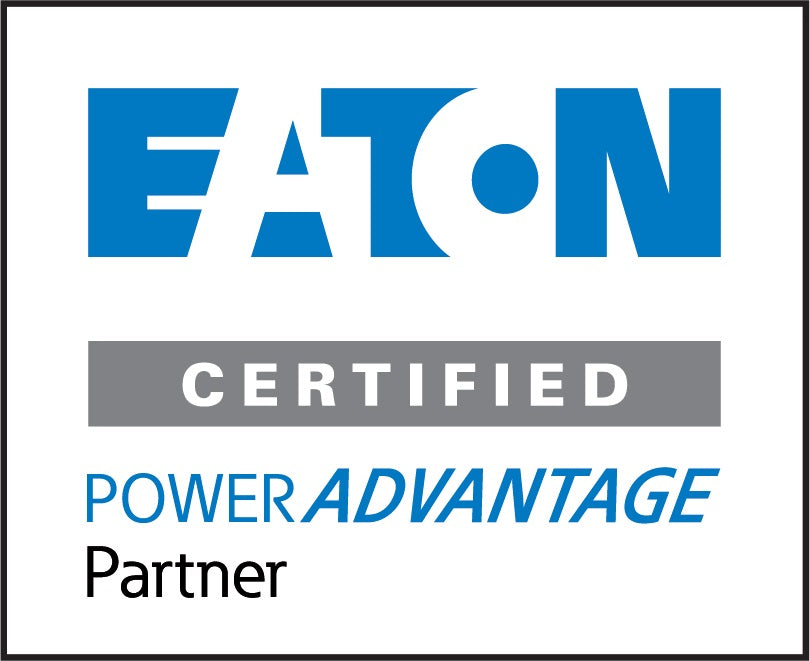The Fortinet Security Fabric: Unraveling the Coherent Defense Ecosystem

In an increasingly connected and digitized world, cyber threats have become more sophisticated and pervasive than ever before. Organizations and individuals alike face a constant barrage of cyberattacks that exploit vulnerabilities and compromise data security. In this landscape, having a robust cybersecurity infrastructure is not an option; it's a necessity. One solution that has gained significant recognition for its comprehensive and integrated approach is the Fortinet Security Fabric.
**The Fortinet Security Fabric: An Overview**
The Fortinet Security Fabric is an innovative and cohesive cybersecurity ecosystem designed to provide comprehensive protection against a wide range of cyber threats. As the threat landscape continues to evolve, this integrated platform ensures that organizations can stay one step ahead of malicious actors.
At its core, the Fortinet Security Fabric is built on three fundamental pillars:
1. **Visibility and Control**: The first step in securing any network is gaining complete visibility into all connected devices and their activities. The Security Fabric achieves this through a single, centralized management console that offers real-time insights into the entire network infrastructure. This level of visibility allows organizations to quickly identify and respond to potential security breaches and anomalies.
2. **Integrated Security: Threats are becoming increasingly sophisticated and often target multiple attack vectors simultaneously. The Fortinet Security Fabric integrates various security tools, including firewalls, intrusion prevention systems (IPS), virtual private networks (VPNs), application security, email security, and more. By unifying these elements into a single cohesive system, the Security Fabric ensures seamless communication and threat intelligence sharing between components, allowing for faster threat detection and response.
3. **Scalability and Flexibility**: The Fortinet Security Fabric is designed to cater to the diverse needs of organizations, from small businesses to large enterprises. Its modular architecture allows organizations to scale their security infrastructure as their network grows. Additionally, the Security Fabric is compatible with both on-premises and cloud environments, providing flexibility in deployment options.
**Key Features and Components**
1. **FortiGate Firewalls**: These are the foundation of the Security Fabric, providing high-performance security and VPN capabilities. FortiGate firewalls are equipped with advanced threat protection, web filtering, and application control.
2. **FortiManager**: This centralized management tool allows administrators to configure, monitor, and update multiple Fortinet devices from a single interface, simplifying network management and enhancing operational efficiency.
3. **FortiAnalyzer**: Acting as a centralized logging and reporting tool, FortiAnalyzer aggregates data from various devices within the Security Fabric, offering actionable insights and facilitating informed decision-making.
4. **FortiSIEM**: The Security Information and Event Management (SIEM) component of the Fortinet Security Fabric provides advanced analytics and correlation capabilities, aiding in the detection of complex threats and security incidents.
5. **FortiClient**: This endpoint protection solution ensures that devices connecting to the network are secure and compliant with organizational policies. It helps prevent endpoint-based threats and ensures that remote devices are not weak links in the security chain.
6. **FortiCASB**: The Cloud Access Security Broker (CASB) component provides visibility and control over cloud applications and services, ensuring data security and compliance even in cloud-based environments.
**Benefits of the Fortinet Security Fabric**
1. **Comprehensive Protection**: The integrated approach of the Security Fabric ensures that organizations have a wide range of security tools working together harmoniously, leaving no gaps for potential threats to exploit.
2. **Rapid Threat Detection and Response**: The Security Fabric's real-time visibility and communication between security components enable swift detection and response to emerging threats, minimizing the potential damage caused by cyberattacks.
3. **Simplified Management**: With a centralized management console, Fortinet streamlines the management of security policies, updates, and configurations, reducing the burden on IT teams and minimizing the chances of human errors.
4. **Scalability and Flexibility**: Whether an organization is a small business or a large enterprise, the Fortinet Security Fabric's modular design and compatibility with various environments make it a scalable and flexible solution.
5. **Cost-Effectiveness**: By consolidating multiple security tools into one integrated platform, the Security Fabric can potentially reduce the overall costs associated with deploying and managing individual security solutions.
*Conclusion*
In an age where cybersecurity threats loom large, having a robust and integrated defense ecosystem is paramount for any organization's security posture. The Fortinet Security Fabric stands tall as a comprehensive and cohesive cybersecurity solution that covers all bases, from network security and endpoint protection to cloud security and beyond. With its advanced features, scalability, and flexibility, it has earned its place as a reliable and efficient cybersecurity guardian for organizations worldwide.
Disclaimer: The information provided in this blog is based on the state of knowledge as of September 2021. Since the technology landscape is continuously evolving, it is essential to refer to the latest documentation and updates from Fortinet to stay current with the latest features and enhancements of the Fortinet Security Fabric.







